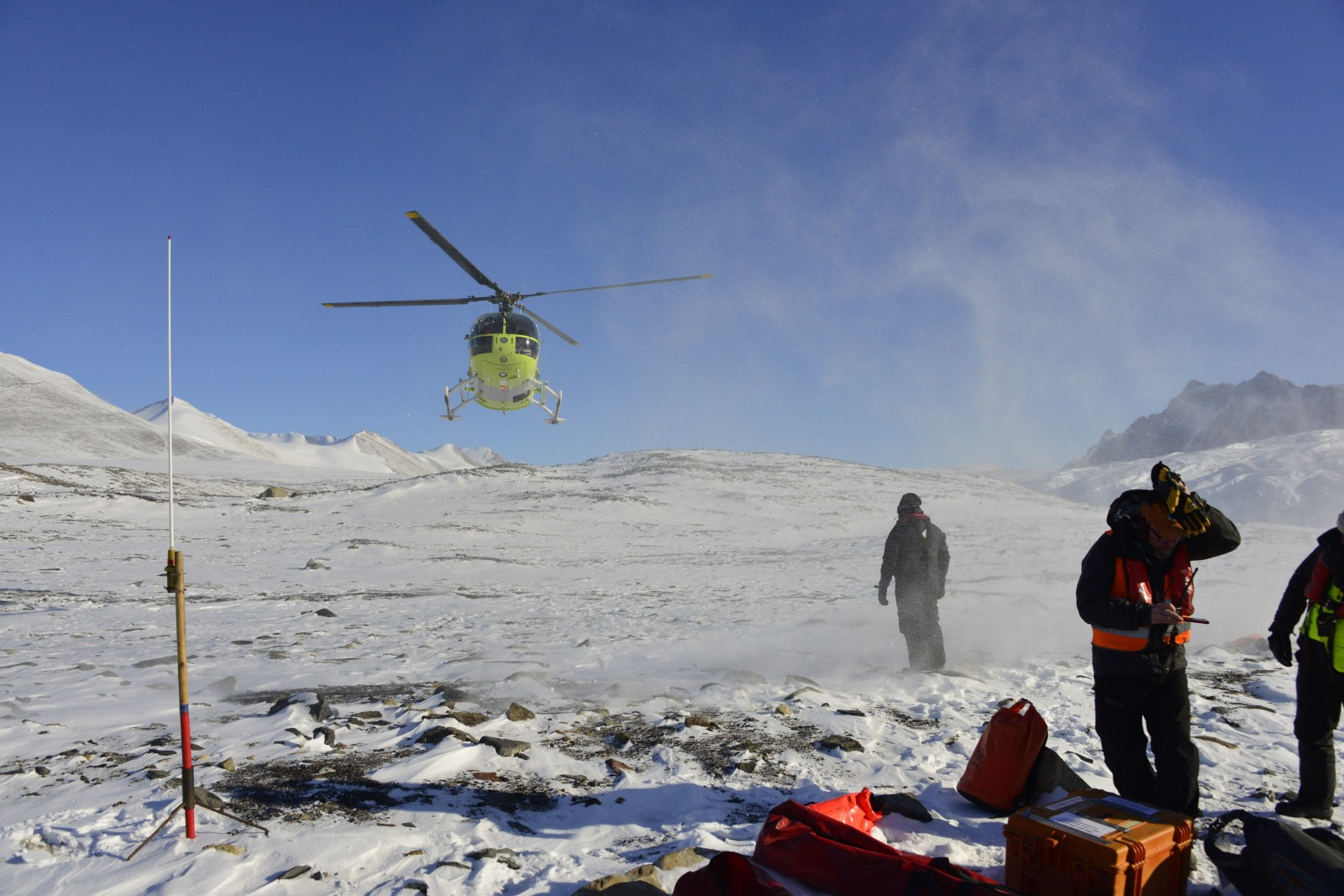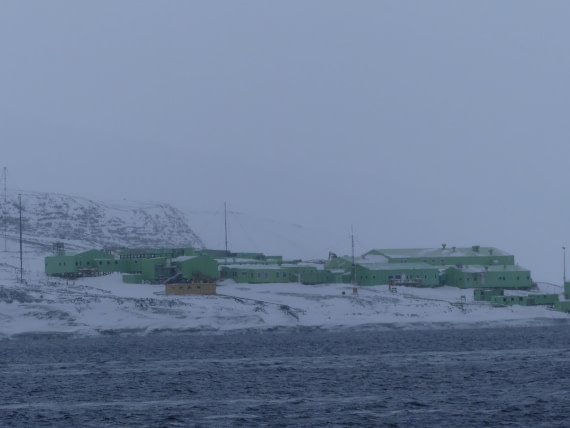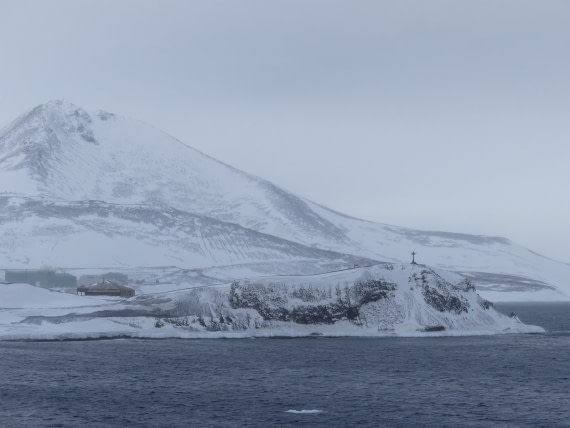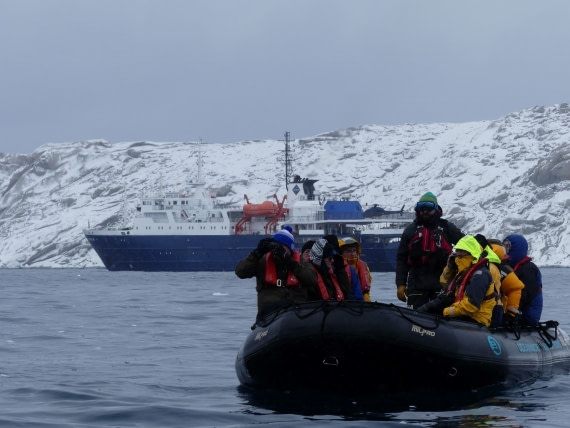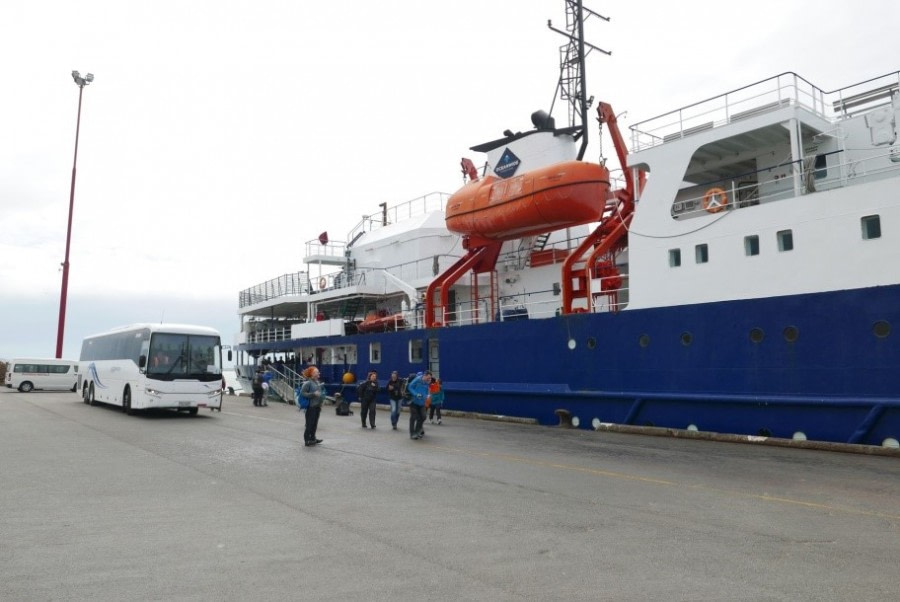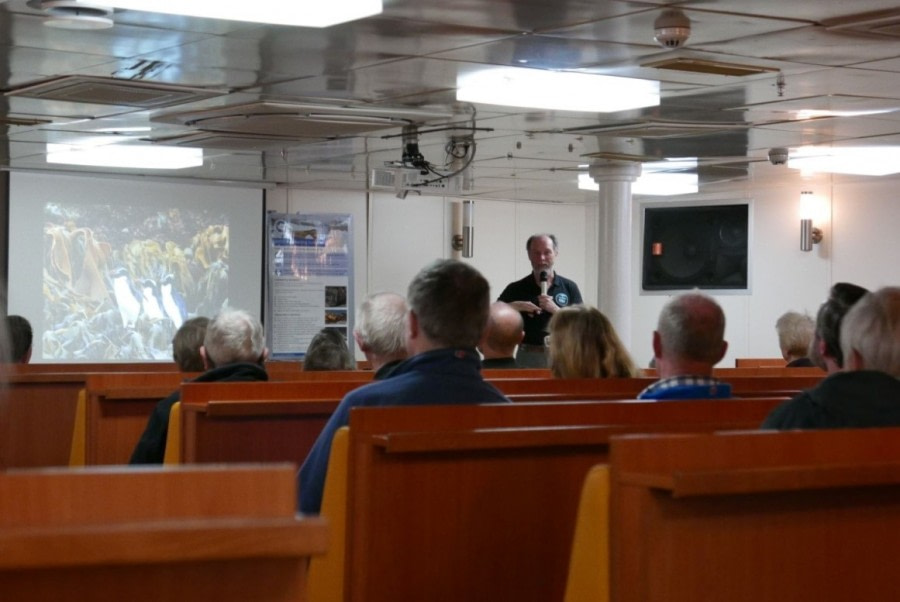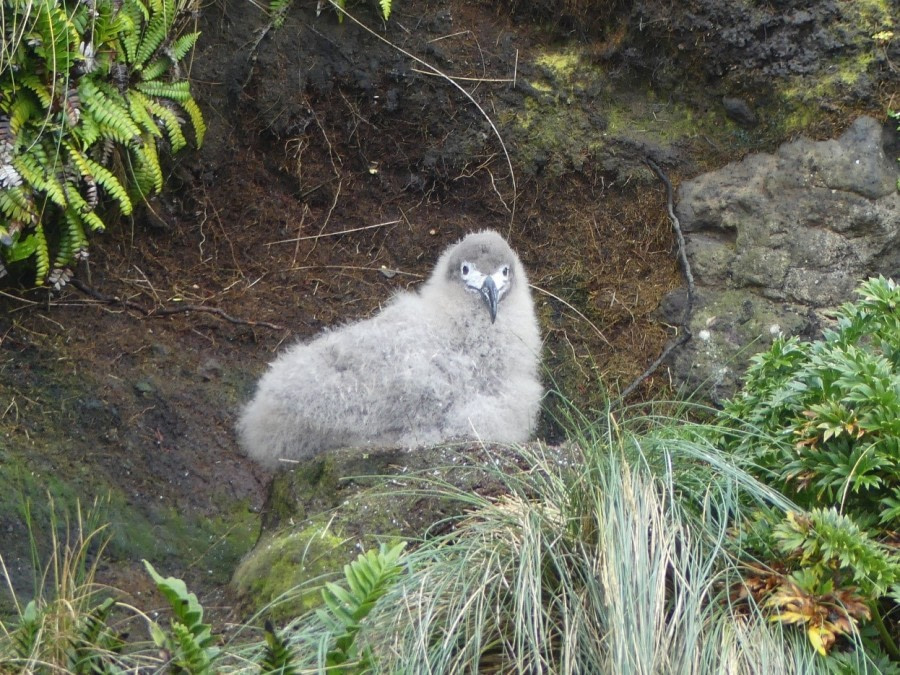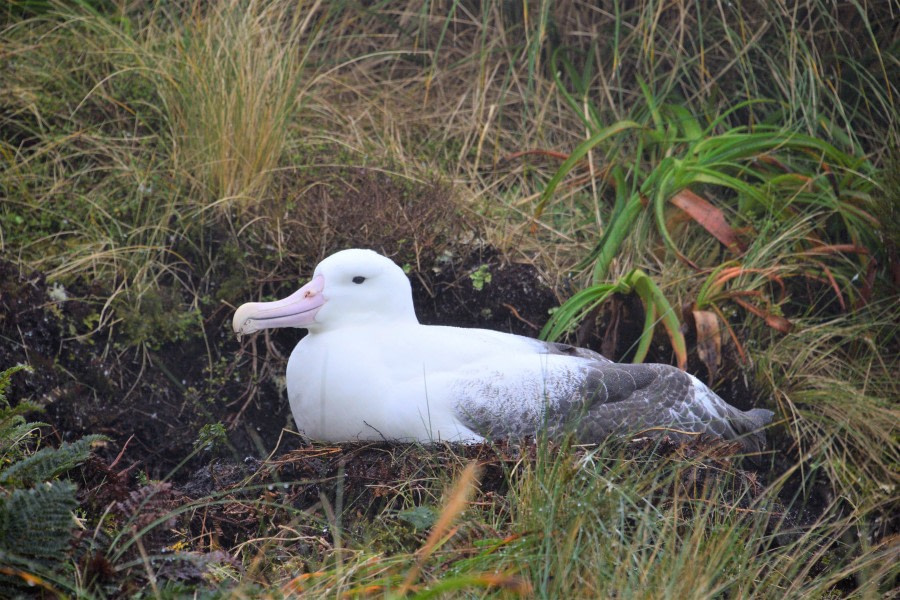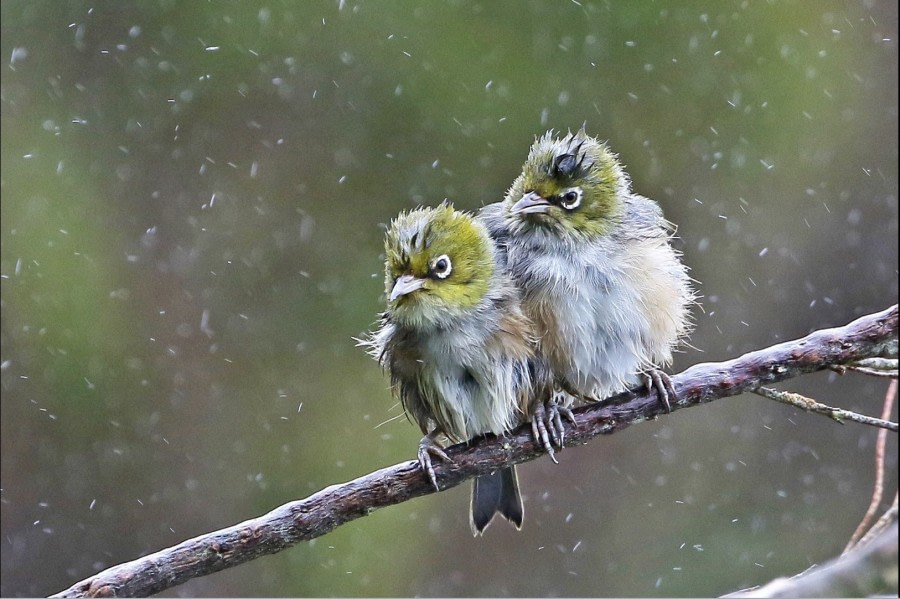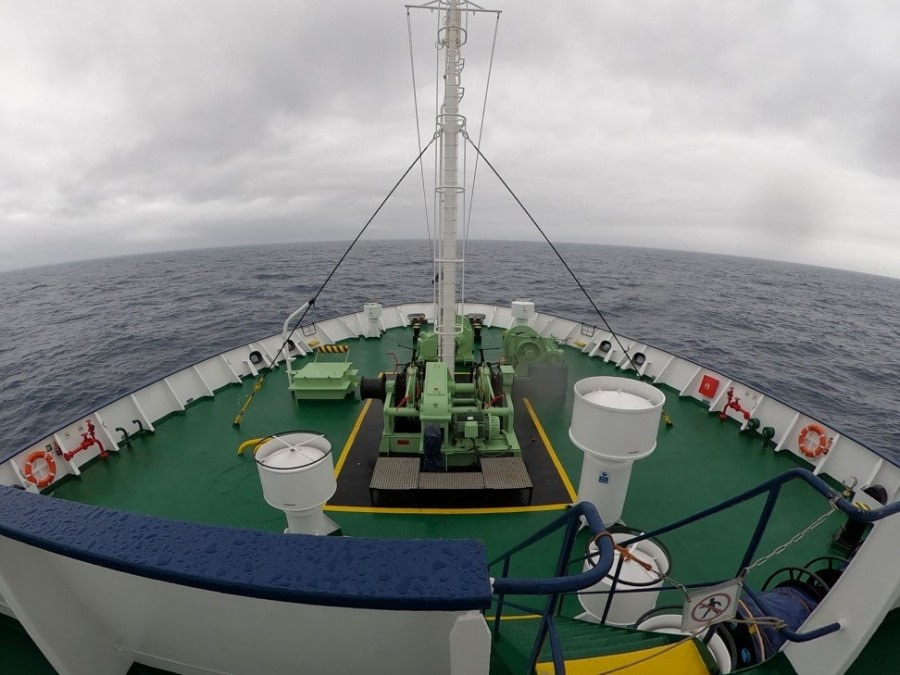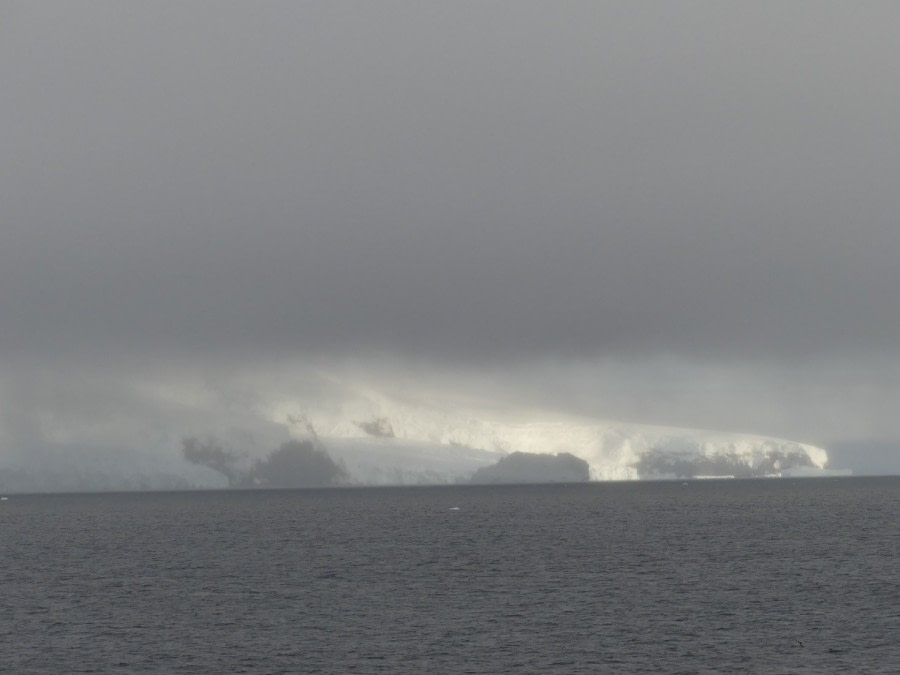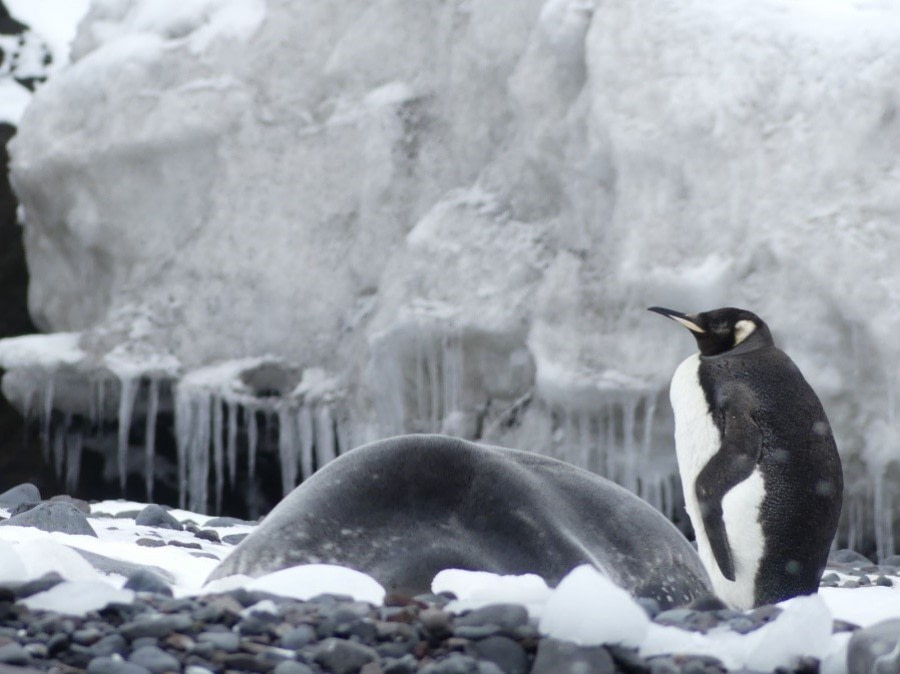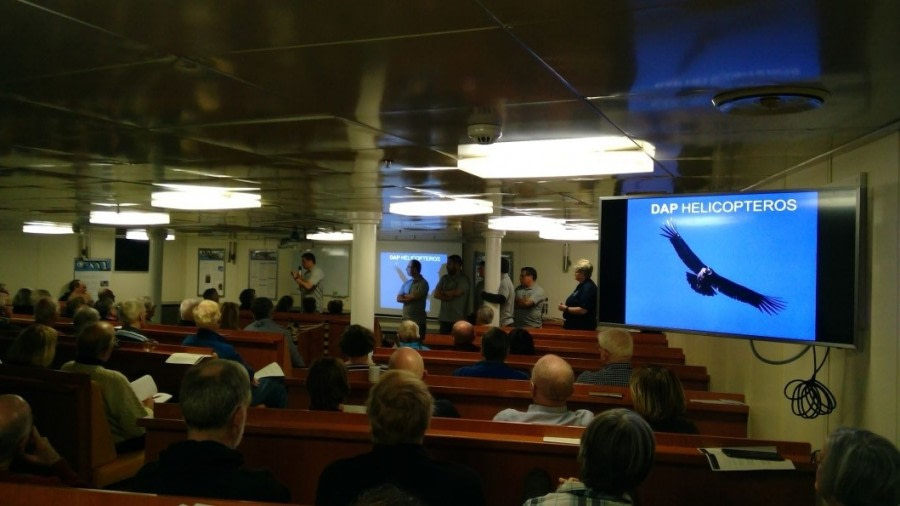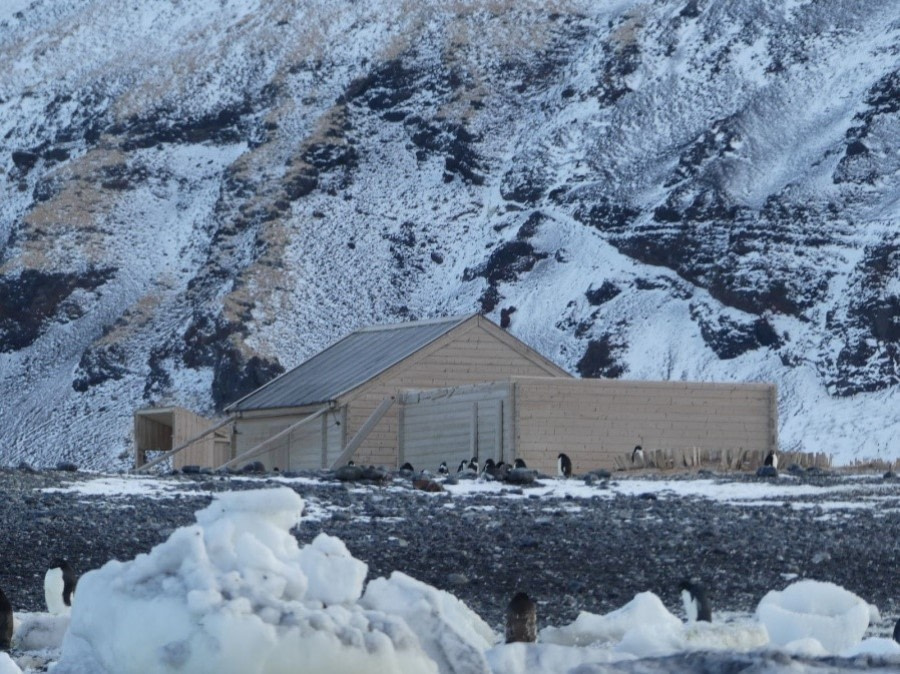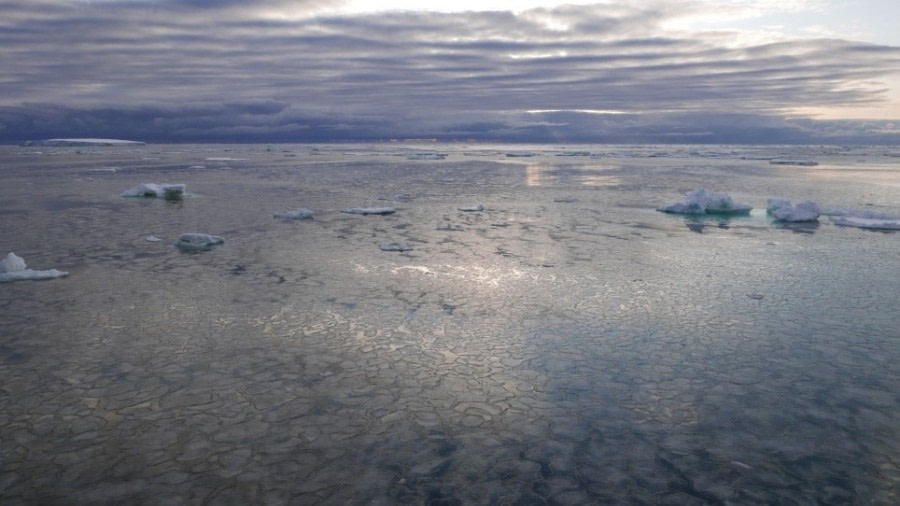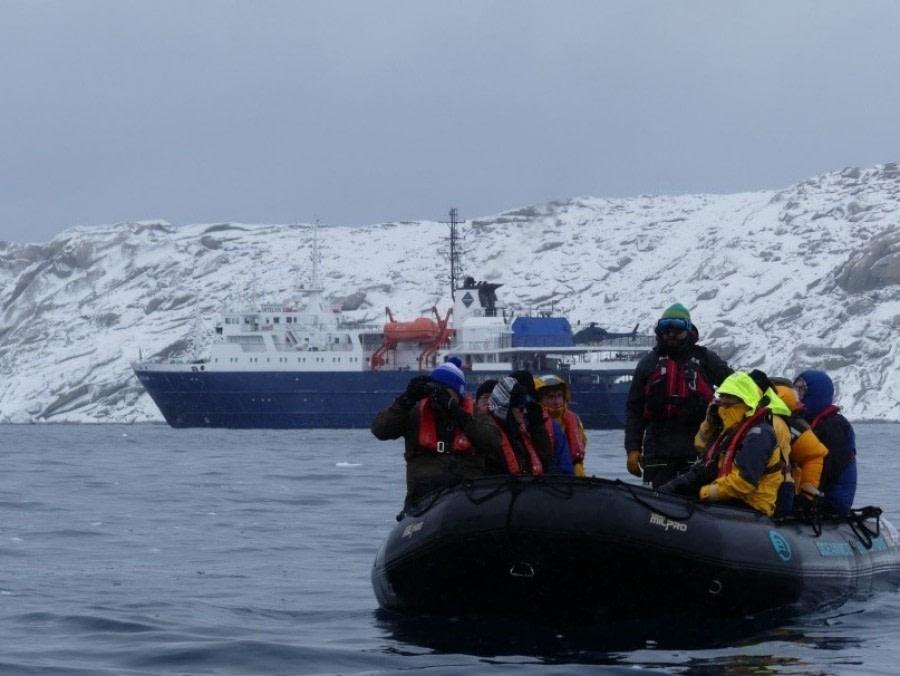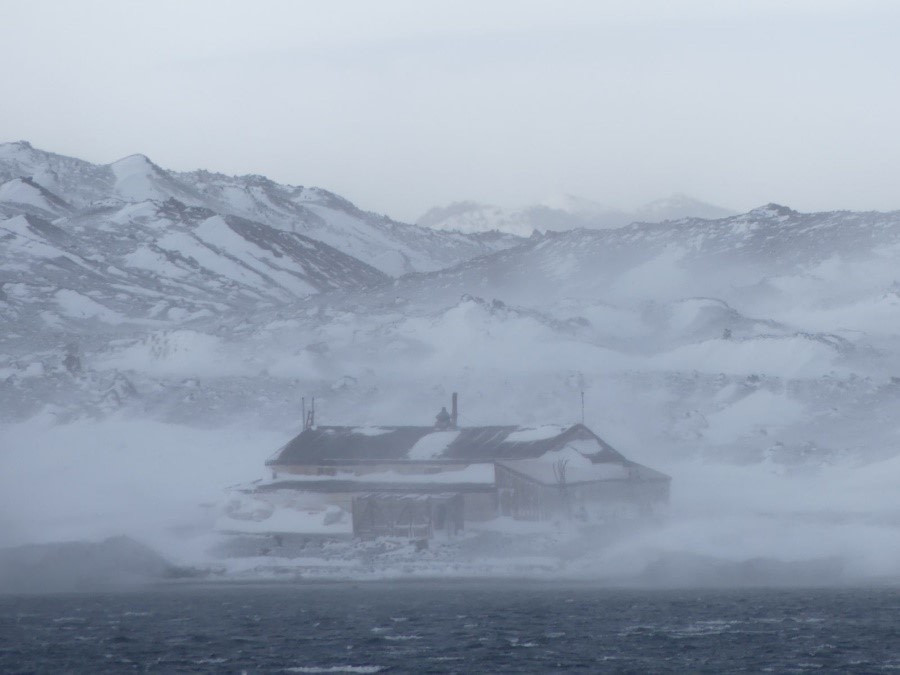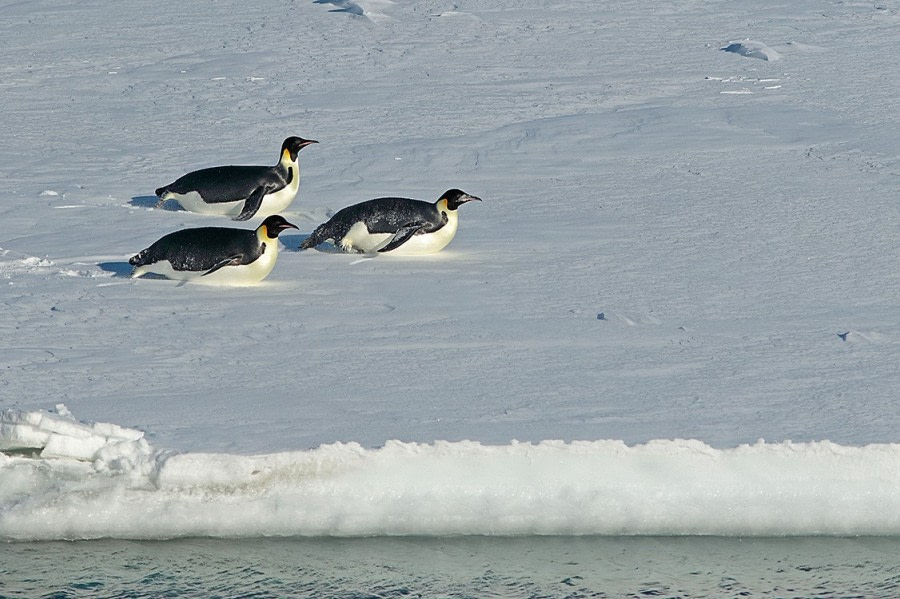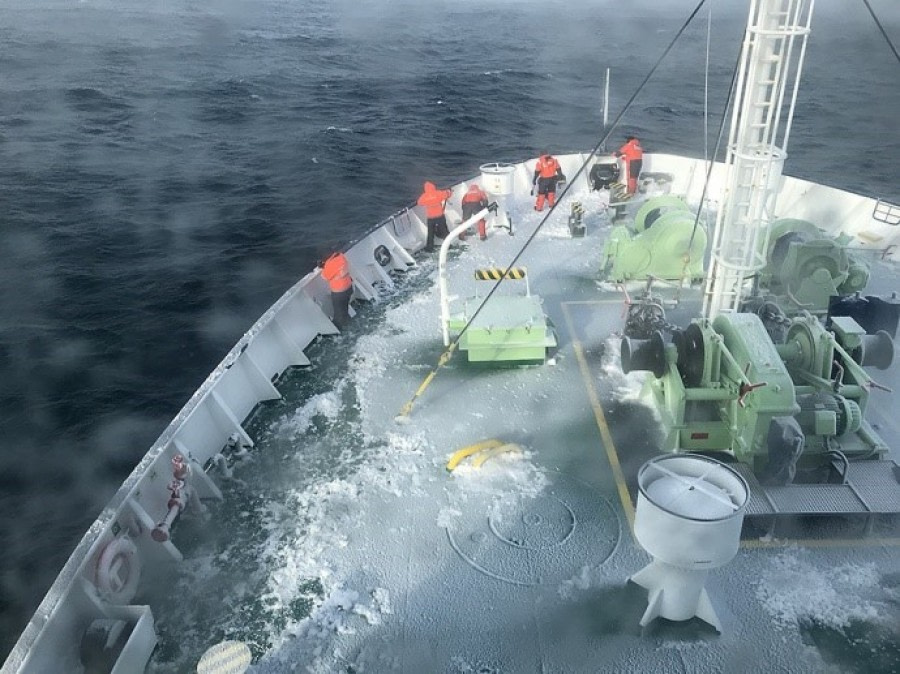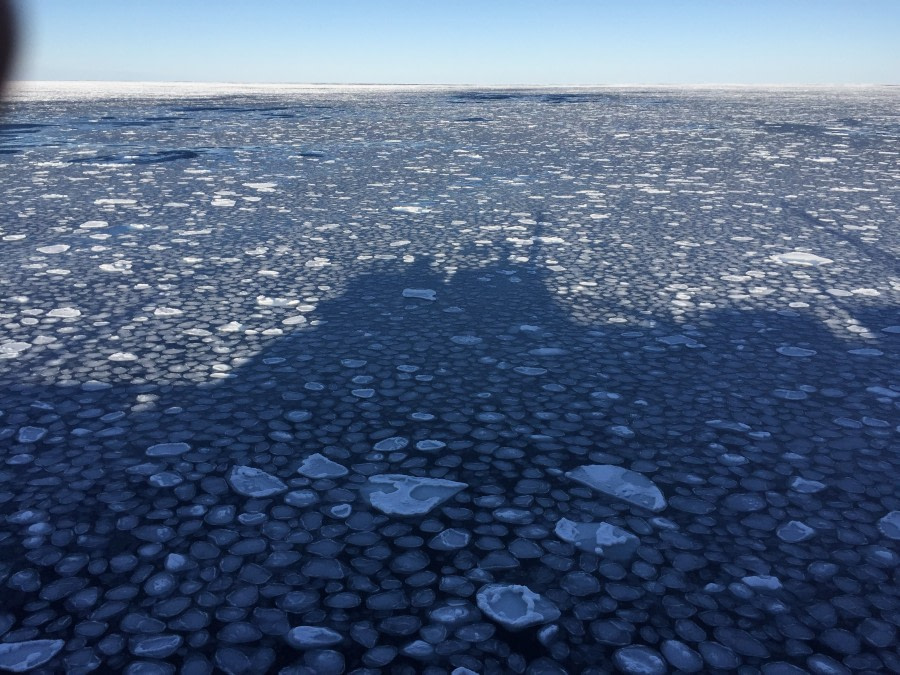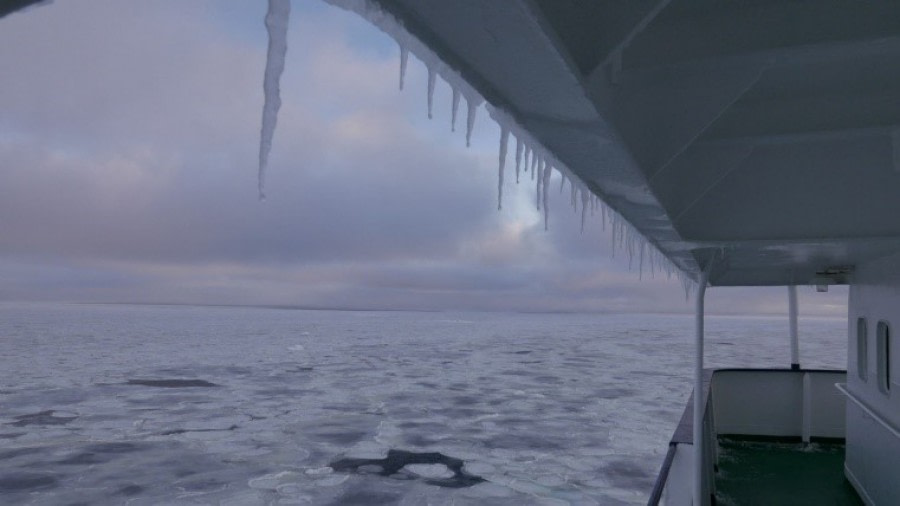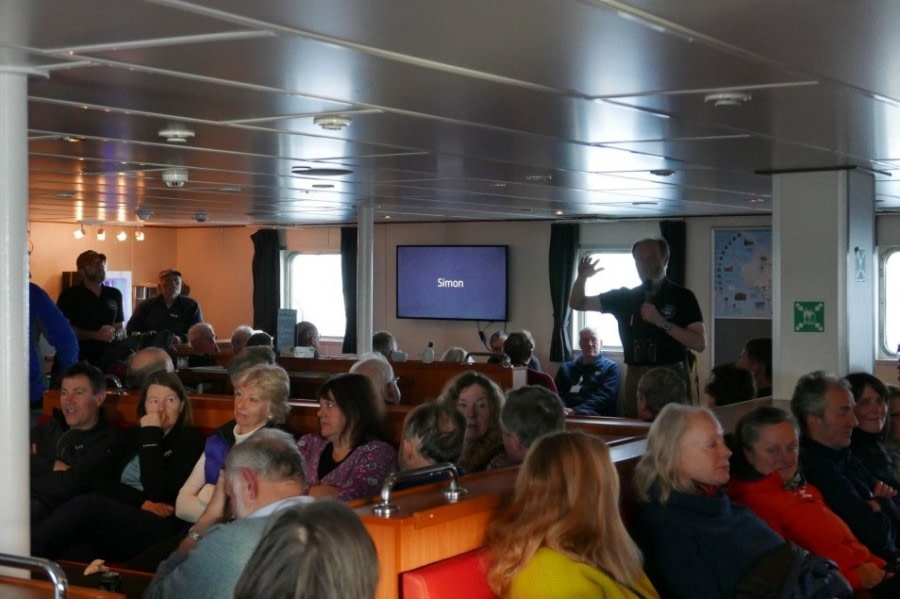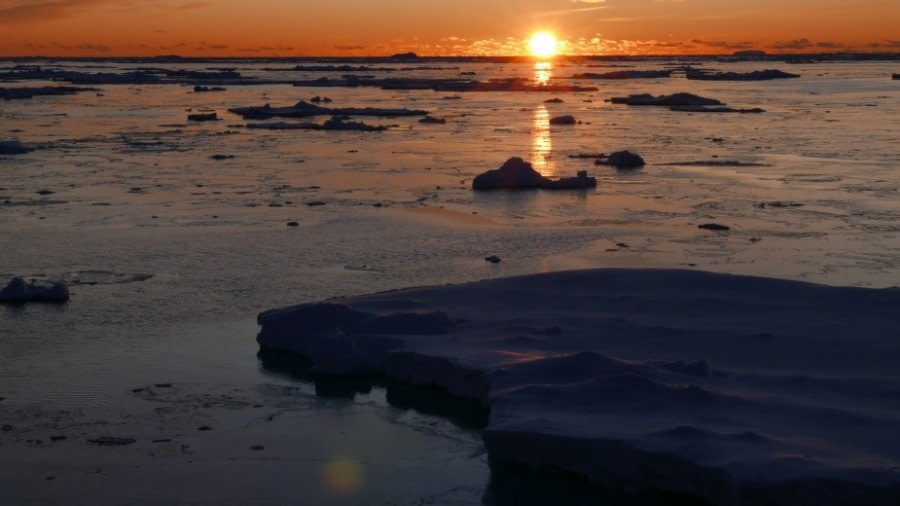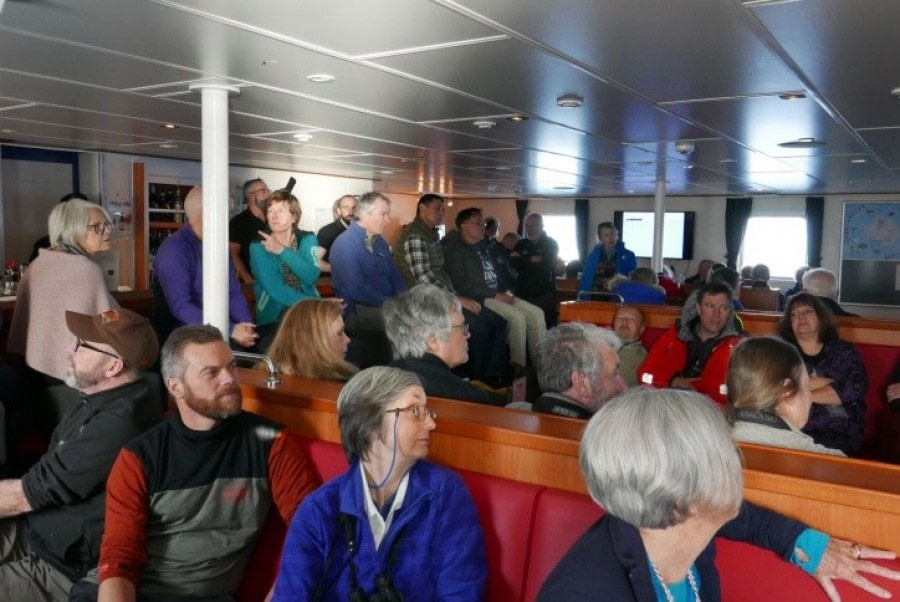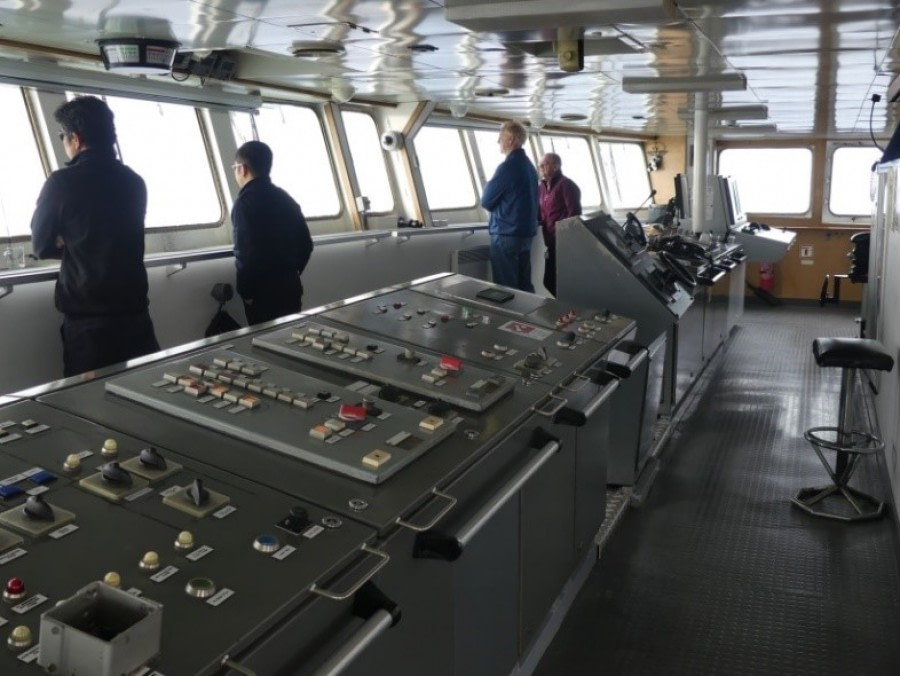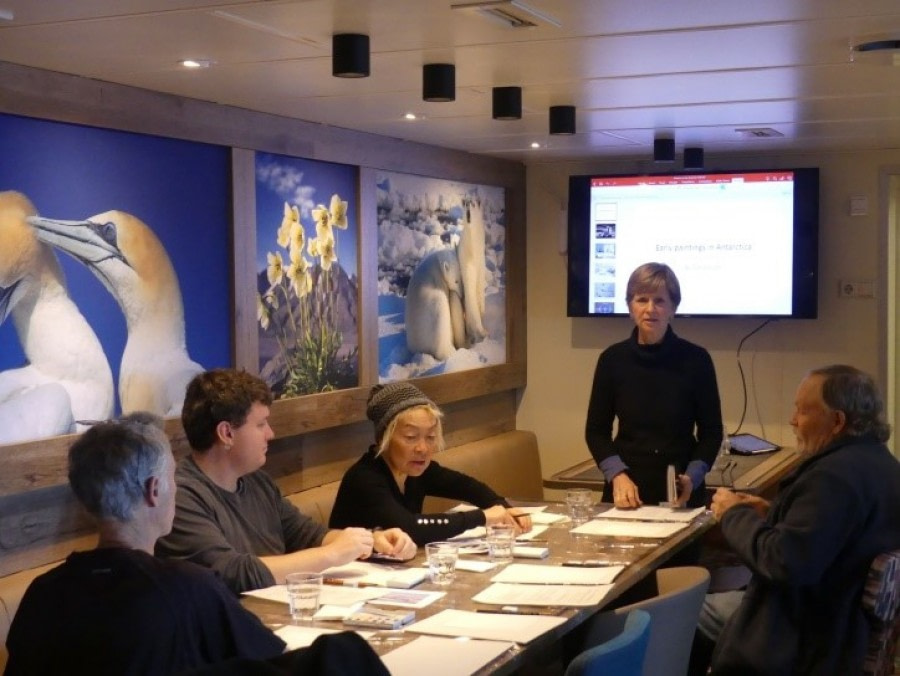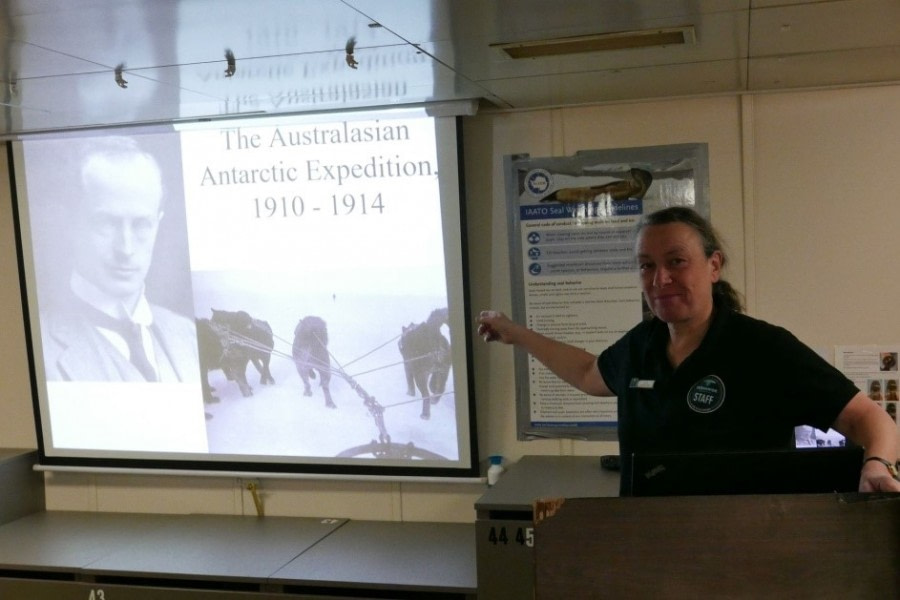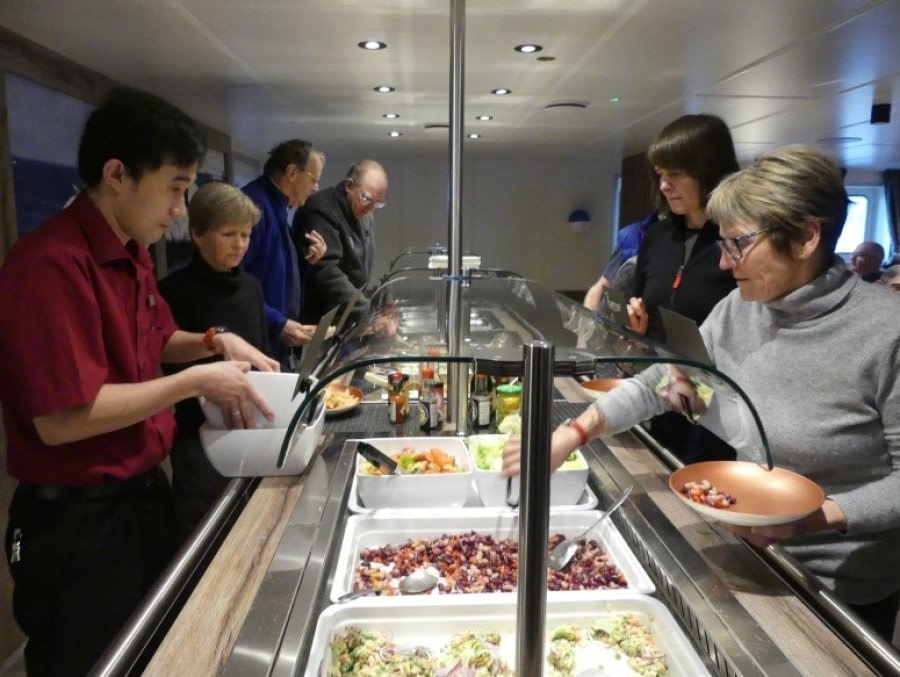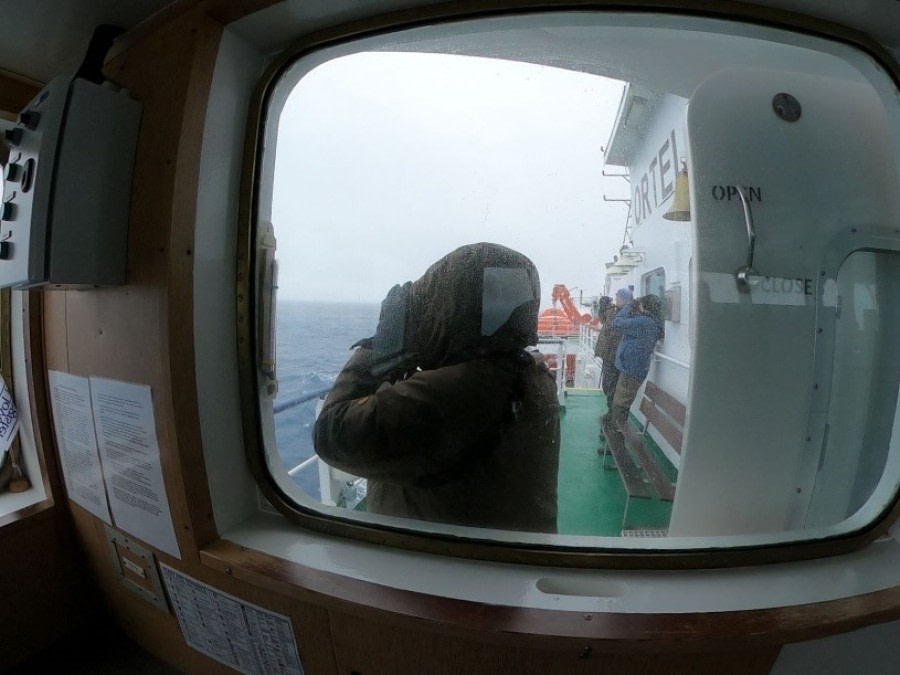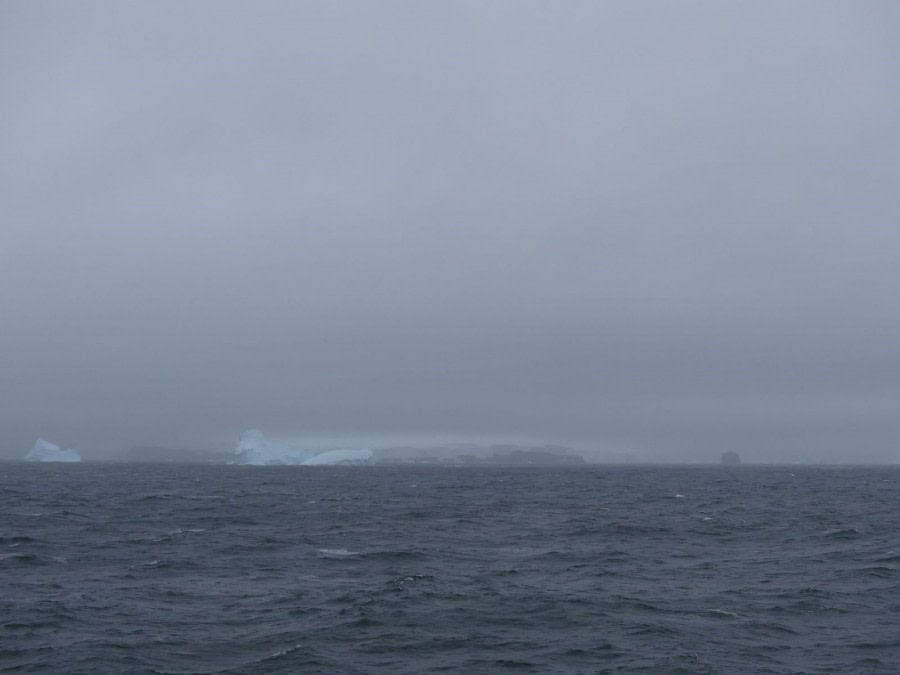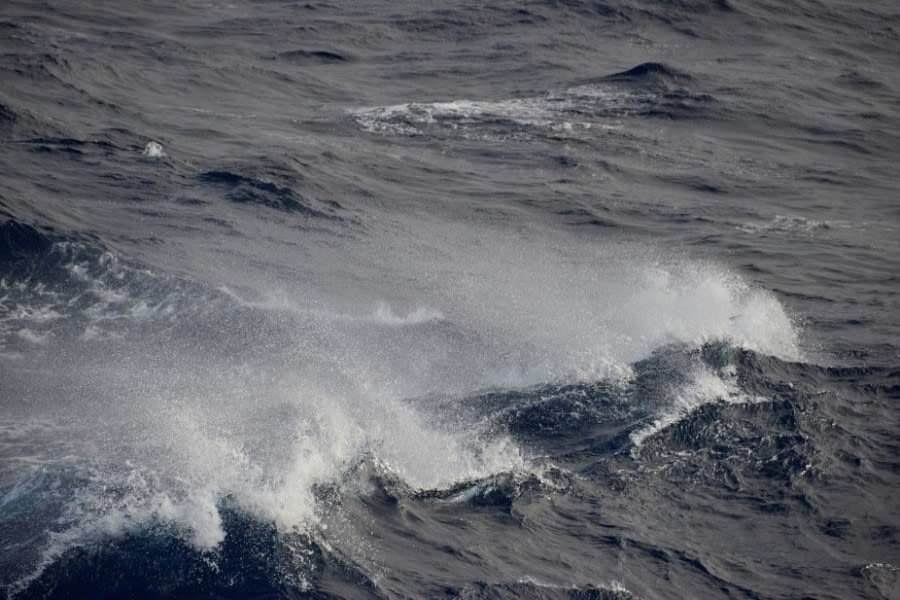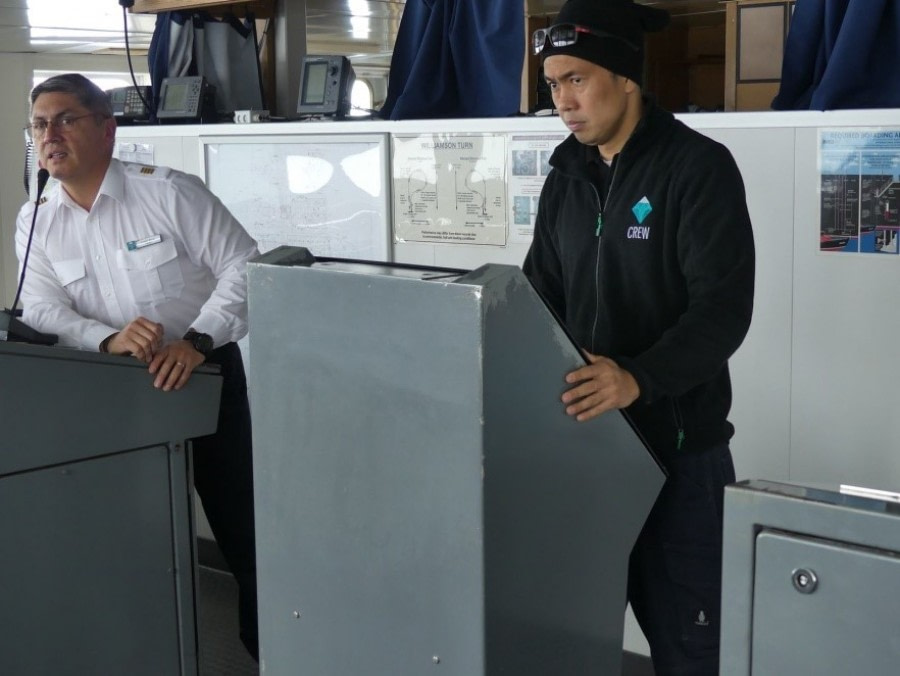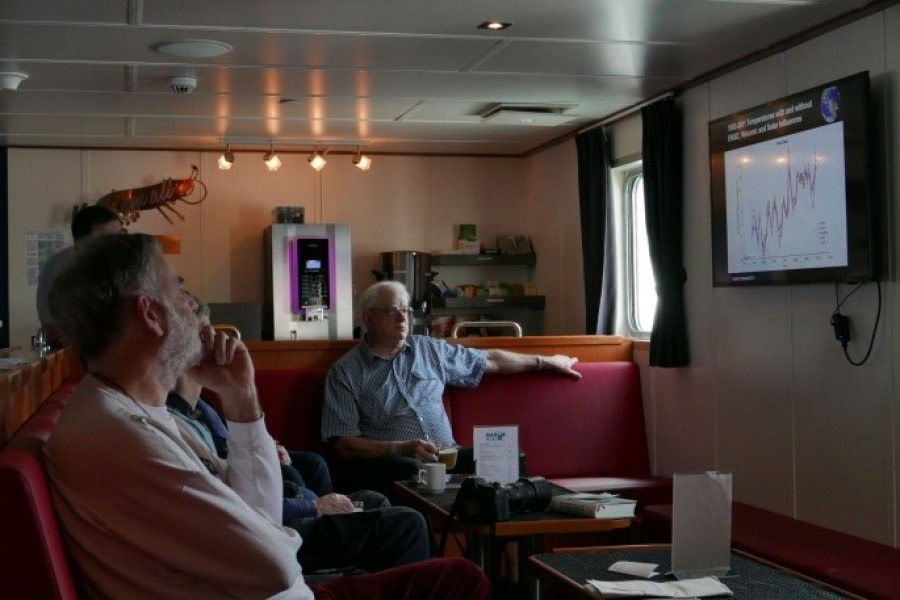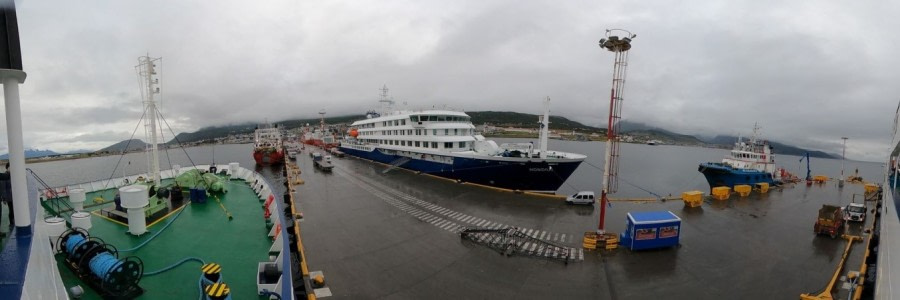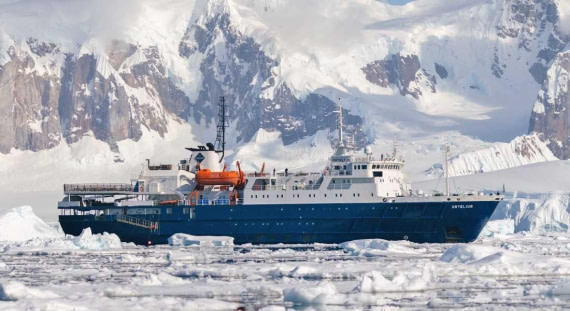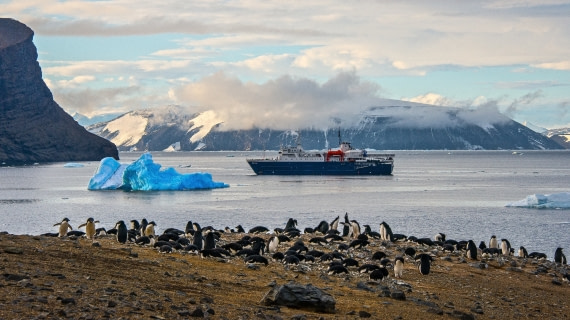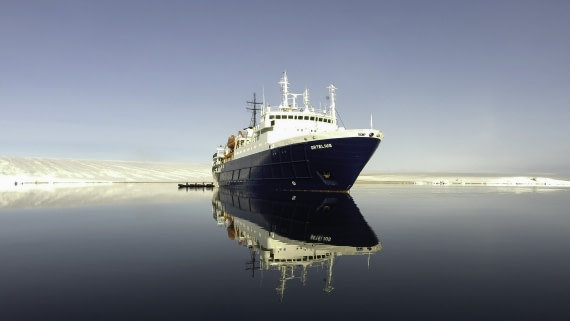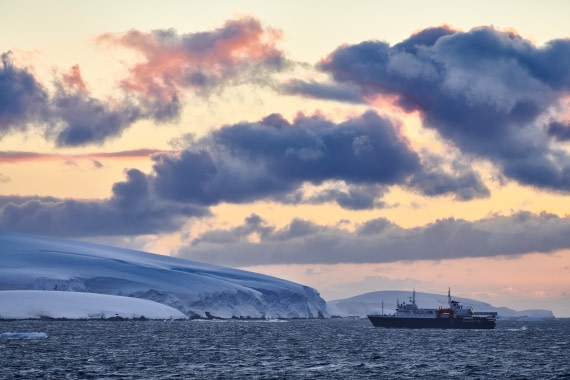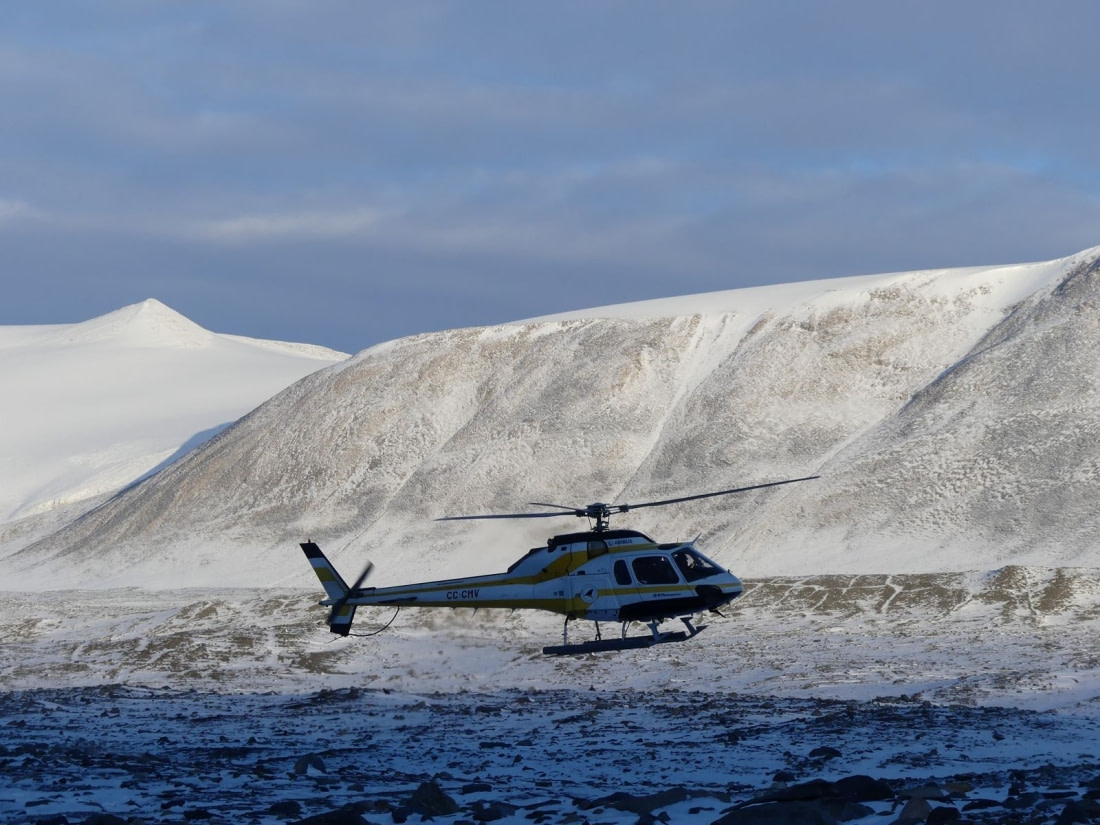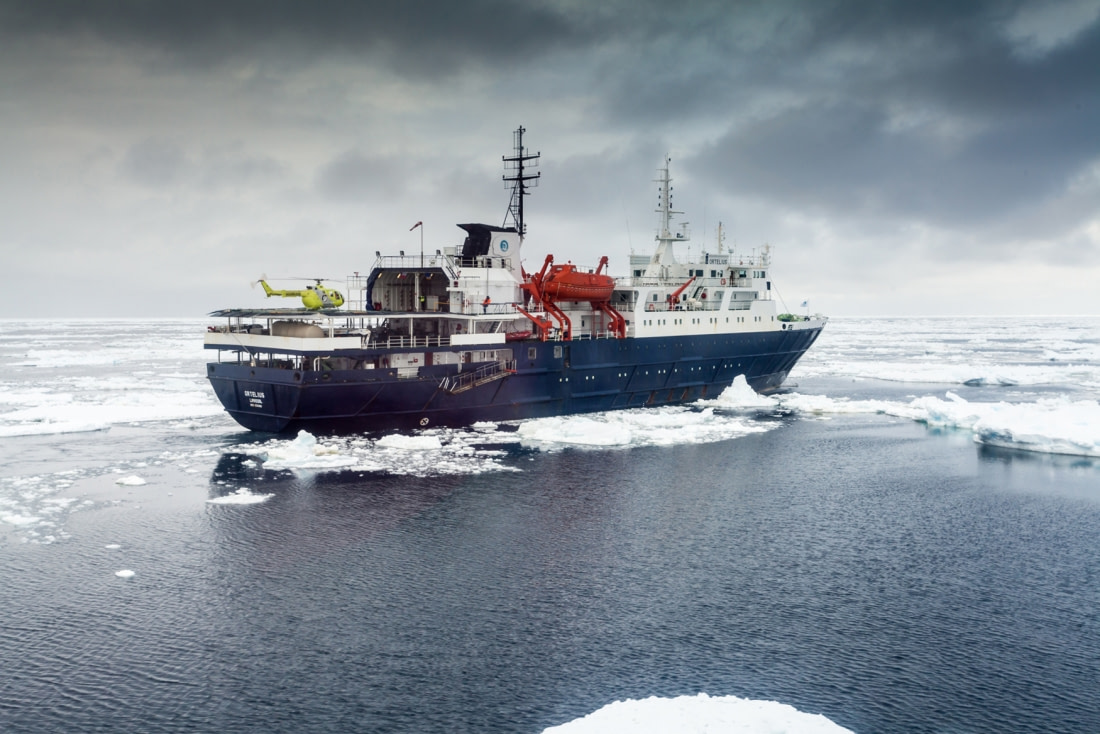| Fecha: | 16.02.2020 |
| Posición: | 46°35’S / 168°20’E |
| Viento: | Various 1 |
| Clima: | Overcast |
| Temperatura del Aire: | +15 |
From 1.30 pm the lobby of the Kelvin Hotel in Invercargill was packed with pre-embarking Ortelius passengers! Assistant Hotel Manager Carlos was busy checking off names; Dr. Lise was collecting medical questionnaires; Staff members Victoria, Simon and Mark were bustling around chalking Cabin Numbers on luggage. And indeed, despite the crowd, the operation went so smoothly that we were early boarding our buses. For the record – this is very unusual. And so we took a scenic route to Bluff, allowing us a last opportunity to enjoy the mainland New Zealand scenery. Wind speeds at the port were somewhat stronger than they had been in town and we held on to our hats with difficulty as we stepped from the buses onto Ortelius’ gangway, making our way to Deck 4 reception in order to check in. This will be our home for the next month. Hotel Manager Michael greeted us warmly, handed us our cabin keys and then we were shown to our cabins by hotel staff and were able to spend the next hour unpacking and getting to know the ship layout. Finding the Bar and the all-important coffee/tea station was a significant moment. With everyone safely embarked and all luggage on board, it was time for the mandatory Safety Briefing in the Lecture Room on Deck 3. Expedition Leader Rolf welcomed us on board, followed by Andy (3rd Officer) & Clouds (Assistant Expedition Leader) showing a film which covered various safety aspects of living on Ortelius; Michael gave us a ‘virtual’ tour of the ship; Dr. Lise recommended we meet her to supply ourselves with seasickness medication – and then seven short blasts and one long blast on the ship’s horn signaled the start of the lifeboat drill. We like to do this drill before we sail, so that everyone knows what to do in an emergency. First we returned to our cabins to fetch warm clothes and our bright orange SOLAS life jackets. Then we mustered in the Bar and answered to a roll-call of names. Finally, we were led out to our respective lifeboat-boarding areas on Deck 7, where we lined up. A lifeboat was open, so that we could have a peek inside – cosy! We set sail towards the end of this drill, at first escorted by tugboat, heading out into challenging wind conditions and heavy seas – all part of the adventure. Watching the New Zealand pilot leave Ortelius after guiding us out of harbour was extremely exciting, as was the severe rolling of his vessel (much worse than ours!). We now had some more free time to settle in, begin to feel at home and start developing our sea legs. At 7 pm most of us gathered in the Bar to meet Captain Ernesto Barria and toast our Antarctic voyage. Sparkling wine and canapés were consumed (mainly - not too many ended up on the floor considering) and we met the ship’s Expedition Staff - who will be driving our zodiacs, lecturing us on all aspects of Antarctica and accompanying us on land visits. Dinner was at 7.30 pm prompt and although the dining room was not quite full to capacity, those who came into dinner certainly enjoyed the culinary experience and also getting to know fellow-passengers. Most people decided on an early night after this, since all of us have had a long journey from home to Bluff. Having ‘Southern Ocean-proofed’ our cabins wherever possible (including the ABs closing the shutters over Deck 3 portholes), we headed for bed and a night of surprisingly rhythmic and even pleasant rocking and rolling – we certainly know we are at sea.
